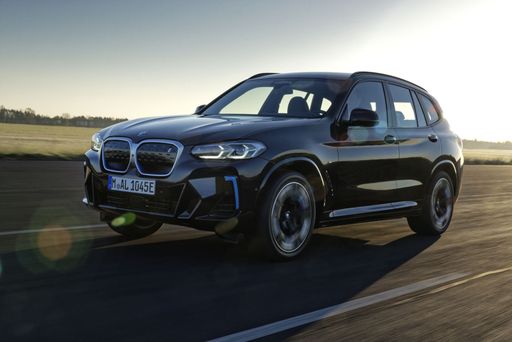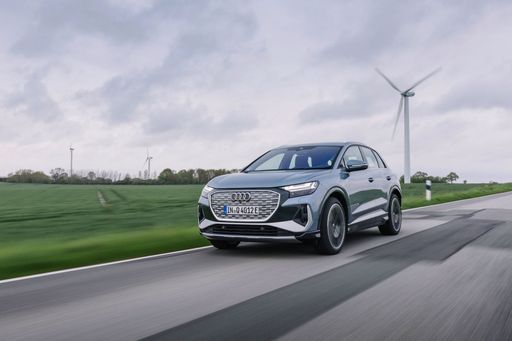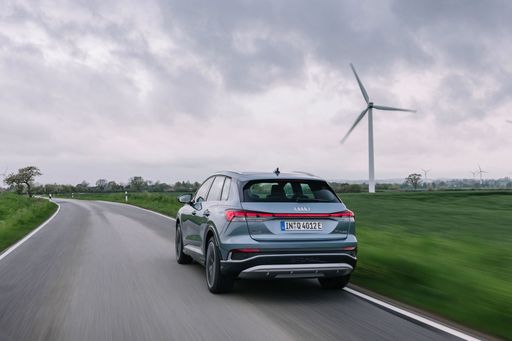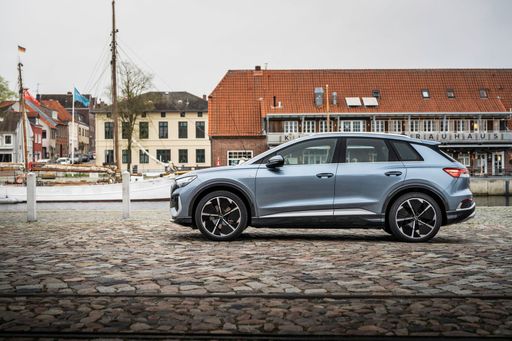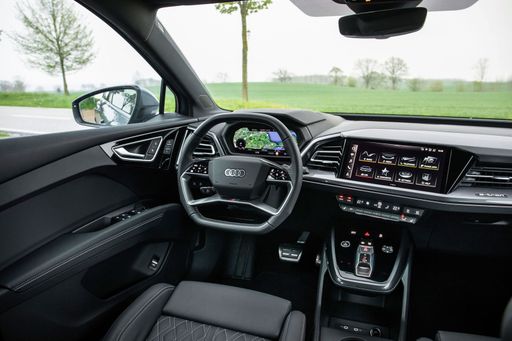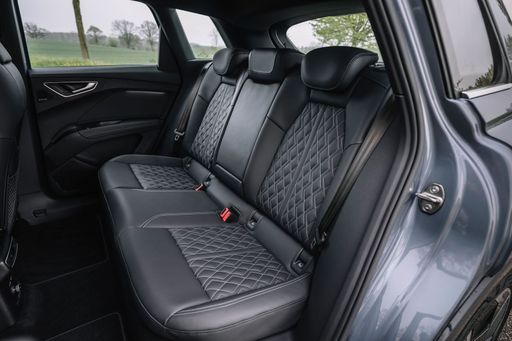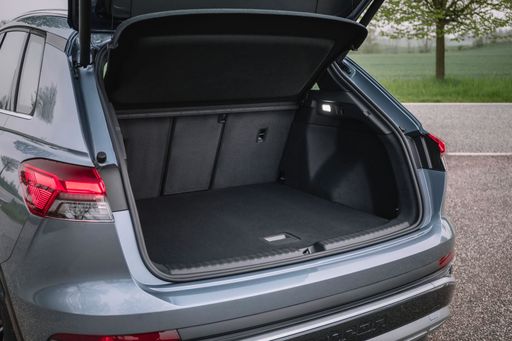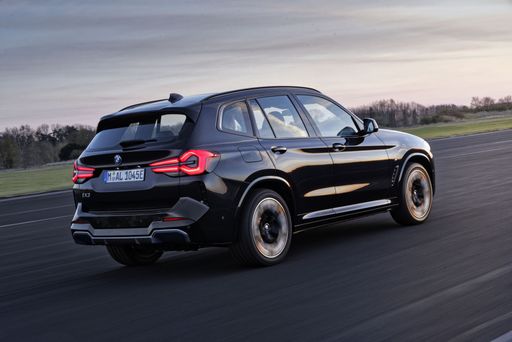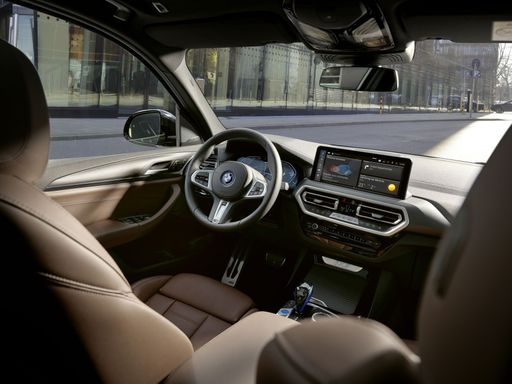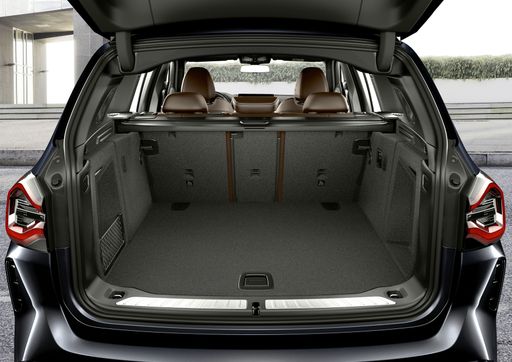City slicker or road commander?
The Audi Q4 e-tron arrives with an air of measured refinement, looking and feeling like the sensible choice for city life and weekend escapes, while the BMW iX3 projects a more assertive, athletic presence that promises to cover long distances with confidence. Audi’s softer demeanour makes it easy to live with day-to-day, whereas the BMW’s stance signals intent and a sportier personality when you want to push on. Both have distinct characters, so your mood and driving style will likely decide which one resonates.

